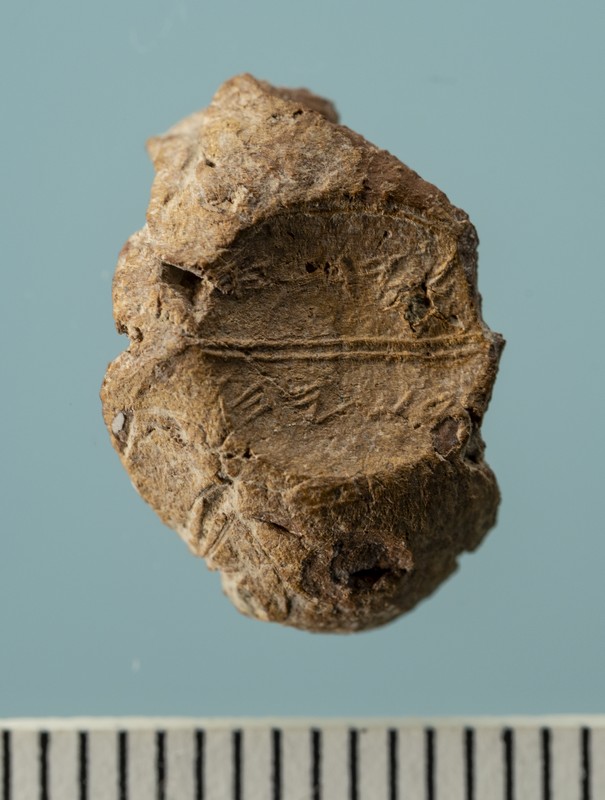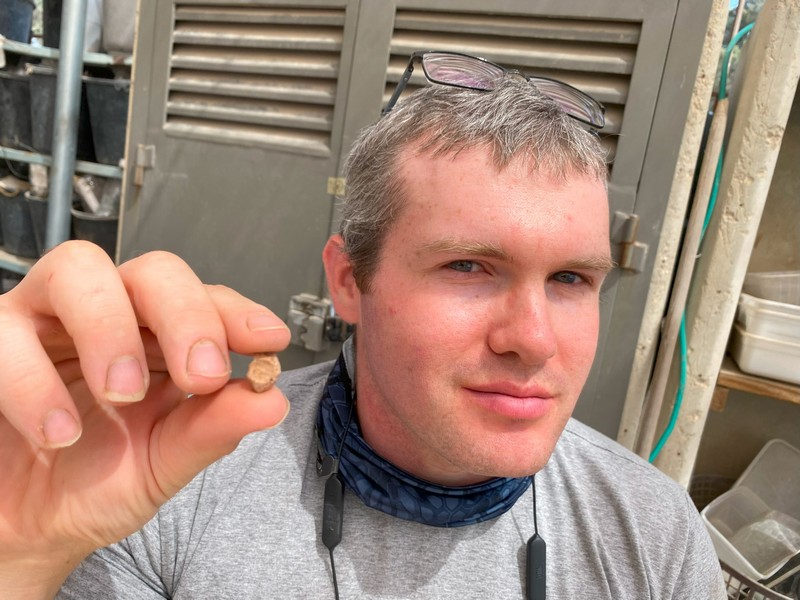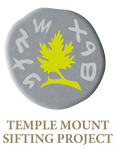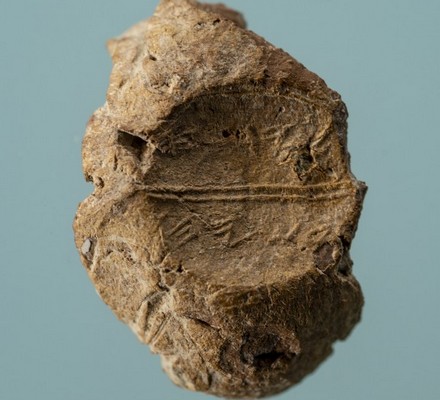Has the Name of King Josiah’s Trusted Official Been Found on an Ancient Sealing?
A rare seal impression on clay bearing the Hebrew name “Yed[a‛]yah (son of) Asayahu,” has recently been uncovered in the sifting. This exciting discovery raises the intriguing possibility of a direct link to a well-known biblical story: the finding of a sacred biblical law scroll during the reign of King Josiah of Judah, just years before the destruction of Jerusalem’s First Temple.

Discovery and the Decoding of the Sealing
About three weeks ago, on the eve of the Jewish fast of the 17th of Tammuz (commemorating the breaching of Jerusalem’s walls and the start of the mourning period for the destruction of the First and Second Temples), archaeologist Mordechai Ehrlich discovered a rare and exceptionally well-preserved clay sealing, impressed by a stamp seal inscribed with ancient Hebrew letters.
Since the discovery of the sealing, an intensive, fast-track study has been conducted so the find could be announced before the 9th of Av. A full paper will be submitted to a peer-reviewed journal next week. The researchers—epigrapher Dr. Anat Mendel-Geberovich and Zachi Dvira—have fully deciphered the inscription. They read it as follows:
“Belonging to Yed[a‛]yah (son of) Asayahu.” – ליד[ע]יה (בן) עשיהו
Marks on the back of the artifact indicate it was used as a sealing on a bag or storage container. Remarkably, the sealing still retains a clear fingerprint, presumably left by the ancient official who once owned it. According to the style of writing, the sealing dates to the late First Temple period (approximately the late-7th century BCE to the early-6th century BCE).

Who was Yeda‛yah, Son of Asayahu?
The names inscribed on the sealing are reminiscent of famous figures described in the Hebrew Bible. About 2,600 years ago, King Josiah of Judah ordered repairs made to the Temple in Jerusalem. During these repairs, workers discovered an ancient sacred scroll (Sefer haTorah), likely the Pentateuch book of Deuteronomy (2 Kings 22:12; 2 Chronicles 34:20). When the royal scribe read the scroll to King Josiah, its warnings about the people’s sins and impending divine punishment deeply alarmed the king. Josiah then dispatched trusted officials to seek divine counsel from the prophetess Huldah, who foretold Jerusalem’s future destruction but assured Josiah that he personally would not live to witness it.
Among Josiah’s trusted envoys was a senior official named Asayahu, described as “the king’s servant.” Given his prominent role, it is reasonable to assume that his son, Yeda‛yah, may have also served in a prominent position, either at the same time or shortly thereafter.
Could the newly discovered sealing belonging to ” Yeda‛yah son of Asayahu” indeed reference the son of King Josiah’s trusted official? The Temple Mount Sifting Project’s researchers consider this possibility highly plausible. Historically, seals like these were reserved for officials of high rank, and many individuals named in similar discoveries from Jerusalem have been directly identified with biblical-era officials. The artifact’s discovery on the Temple Mount further supports the likelihood of this connection. Thus, the clay sealing’s owner was probably involved in Temple administration or in the royal household, much like his father.
Just a few decades after the event of the finding of the Torah scroll, Jerusalem’s walls were breached by Babylonian king Nebuchadnezzar. Weeks later, the Temple was destroyed, countless Jerusalemites were killed, and many survivors, including senior officials, were exiled to Babylon.
During the siege, a central part of the supplies used by Jerusalem’s residents came from the storehouses of the royal and Temple treasuries. These storehouses held agricultural supplies and its products—such as cereals, legumes, oil, wine, honey, and more. The grain containers were secured with a cord that sealed their openings, and attached to the cord was a small piece of clay bearing the seal impression of an official authorized to manage the storehouse.
In the past, the Temple Mount Sifting Project uncovered another bulla bearing the name of one such official who served in the Temple treasury administration—[He]zelyahu son of Immer. Now, a new bulla has been discovered, bearing the name of Yeda‛yah son of Asayahu, apparently linked to one of the royal treasury storehouses.
The fate of the seal’s owner during those dramatic days, around 2,600 years ago, may never be known. But what we do know today is that one of his descendants — who now diligently sorts through the remnants of that very destruction—has received a greeting from him.
Discover more from The Temple Mount Sifting Project
Subscribe to get the latest posts sent to your email.











Leave a Reply
Want to join the discussion?Feel free to contribute!